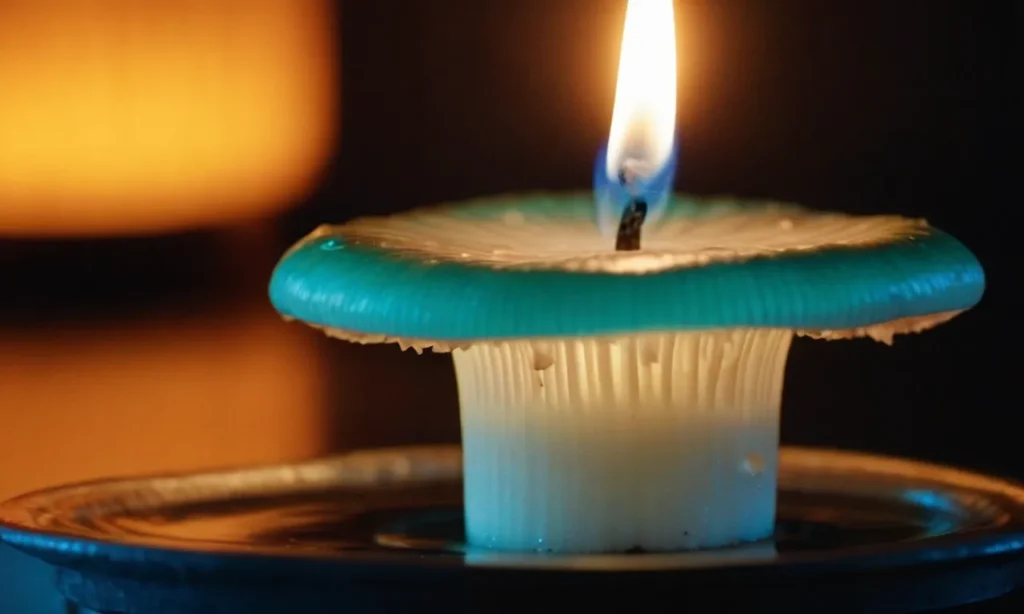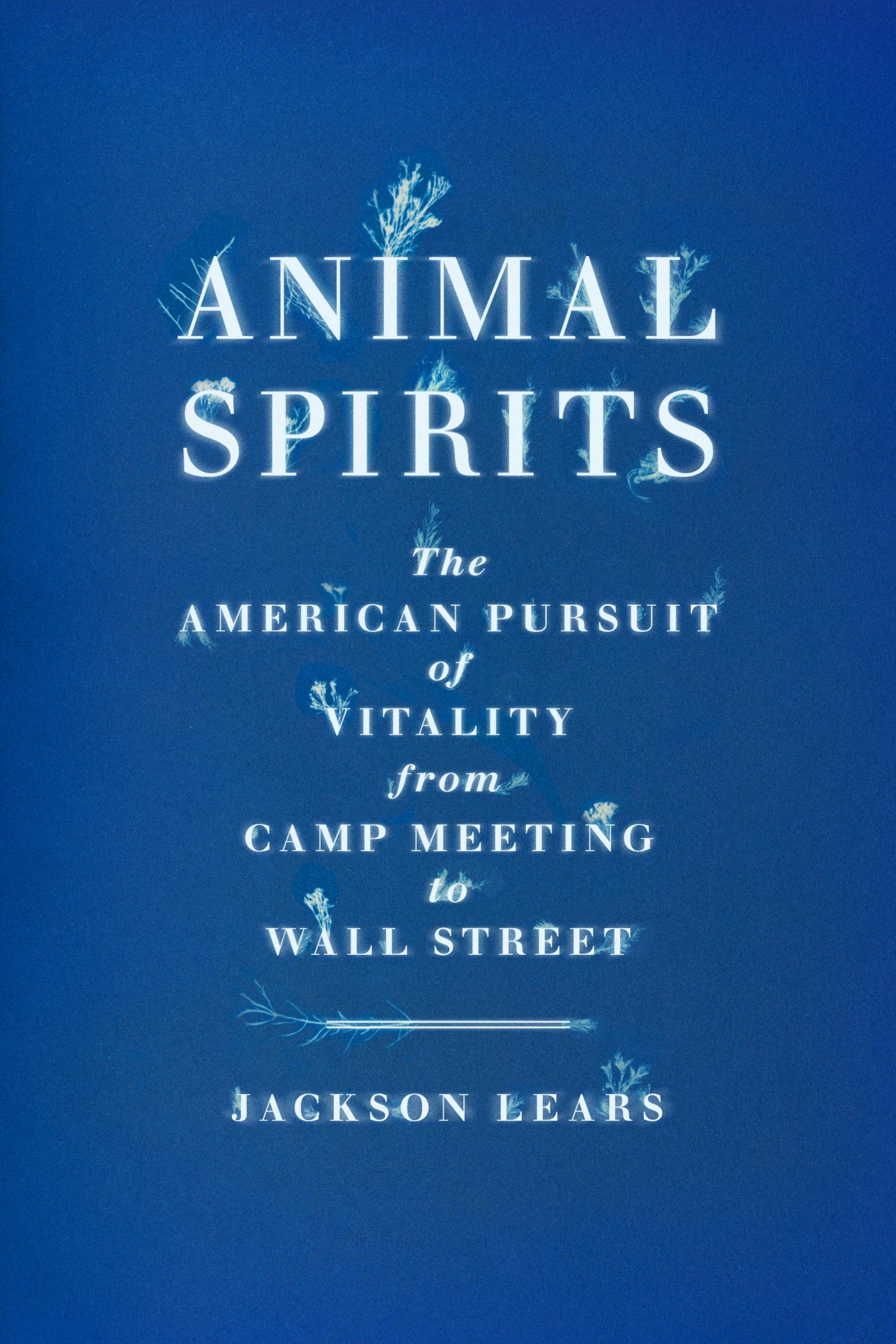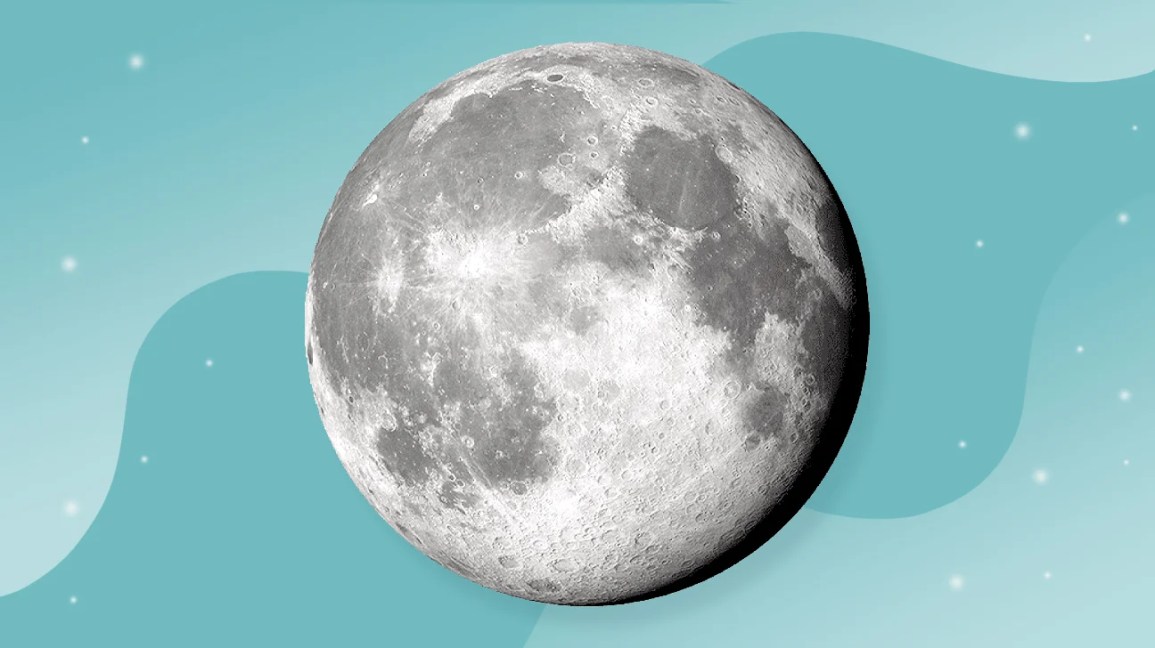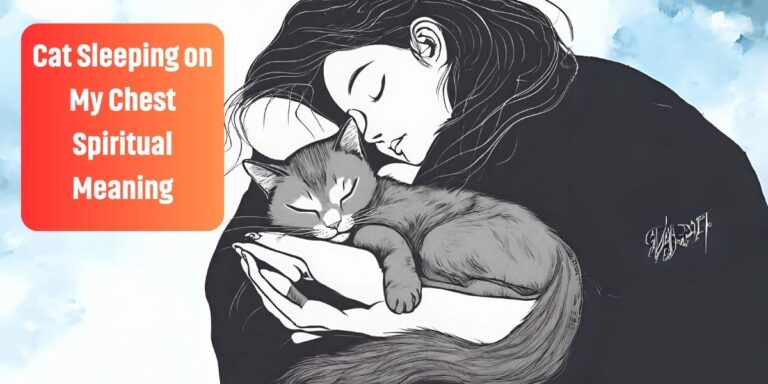Unveiling the Profound Spiritual Meaning & Rich History of St. Patrick’s Day
St. Patrick’s Day has a rich history and spiritual meaning rooted in Irish culture and the celebration of Saint Patrick, the patron saint of Ireland. It is a day dedicated to honoring the arrival of Christianity in Ireland and the life and teachings of Saint Patrick.
With parades, green attire, and festive celebrations, St. Patrick’s Day has become a joyous occasion for people of all backgrounds to come together and celebrate Irish heritage. The vibrant festivities are a testament to the enduring spirit and cultural significance that the holiday holds for many around the world.

The Origins Of St. Patrick’s Day
The origins of St. Patrick’s Day date back to the early 17th century, when it became an official feast day on March 17th in recognition of St. Patrick, the patron saint of Ireland. St. Patrick, originally named Maewyn Succat, was a missionary and bishop who played a crucial role in the conversion of Ireland to Christianity. Legend has it that he used the three-leaf shamrock to explain the concept of the Holy Trinity to the Irish people.
Over the centuries, St. Patrick’s Day has evolved from a religious holiday to a cultural celebration of Irish heritage and identity. The holiday is now associated with parades, wearing of green attire, and the symbol of the shamrock. It is celebrated not only in Ireland but also by people of Irish descent around the world.
The spiritual meaning of St. Patrick’s Day lies in its reminder of the power of faith and the ability to bring about positive change. St. Patrick’s legacy serves as a testament to the enduring impact that a single individual can have on a nation and its people.

Credit: us.macmillan.com
The Symbolism And Traditions Of St. Patrick’s Day
The Symbolism and Traditions of St. Patrick’s Day
The Shamrock: A Symbol of the Holy Trinity
St. Patrick’s Day is often associated with the shamrock, a three-leafed clover. Legend has it that St. Patrick used the shamrock to explain the concept of the Holy Trinity – the Father, the Son, and the Holy Spirit. Each leaf represented one part of the Trinity, yet they were all connected, just as the three persons of the Trinity are interconnected.
Wearing Green: From Saintly Symbolism to Modern Tradition
Wearing green on St. Patrick’s Day has become a well-known tradition, but it has deeper roots than just a color preference. Green is associated with Ireland, the birthplace of St. Patrick, and symbolizes the lush landscapes of the Emerald Isle. In addition, Irish Catholics have historically worn green as a form of national and religious pride. Over time, this practice evolved into a broader tradition of wearing green on St. Patrick’s Day, signifying a celebration of Irish culture and heritage.
St. Patrick’s Day is celebrated around the world with parades, festivities, and cultural events. The largest St. Patrick’s Day parade takes place in New York City, drawing millions of spectators each year. These parades often feature vibrant displays of Irish music, dance, and costumes. Festivals and cultural events showcase Irish traditions, including traditional food, drink, and storytelling. St. Patrick’s Day has become a global celebration of Irish culture and a time to honor the patron saint of Ireland.
St. Patrick’s Day Around The World
The celebration of St. Patrick’s Day has transcended its Irish origins and become a global phenomenon. The Irish diaspora has played a significant role in spreading the festivities worldwide. Irish immigrants brought their customs and traditions with them, including St. Patrick’s Day celebrations, to different parts of the world.
In the United States, the day has evolved from a holiday primarily observed by Irish immigrants to a mainstream celebration embraced by people of all backgrounds. Parades, festivals, and parties filled with vibrant green attire, traditional music, and dances can be found in cities across the country.
St. Patrick’s Day is also celebrated in unique and unusual ways in various countries around the world. From dyeing rivers and iconic landmarks green to organizing unconventional parades, such as the “World’s Shortest St. Patrick’s Day Parade” in Hot Springs, Arkansas, people find creative ways to honor the spirit of the day.
St. Patrick’s Day has indeed become a global celebration, connecting people from different cultures and backgrounds in a shared observance of Irish heritage and culture.

Credit: www.espn.com
Conclusion
St. Patrick’s Day is not just a day for celebrating Irish culture and drinking green beer. It holds a rich spiritual meaning and historical background that dates back centuries. By understanding the true origins of this holiday, we can appreciate the deep connections between spirituality, nature, and the human spirit.
So, this St. Patrick’s Day, let’s embrace the spiritual significance and honor the legacy of St. Patrick in our celebrations. Cheers to a day filled with magic, faith, and gratitude.





